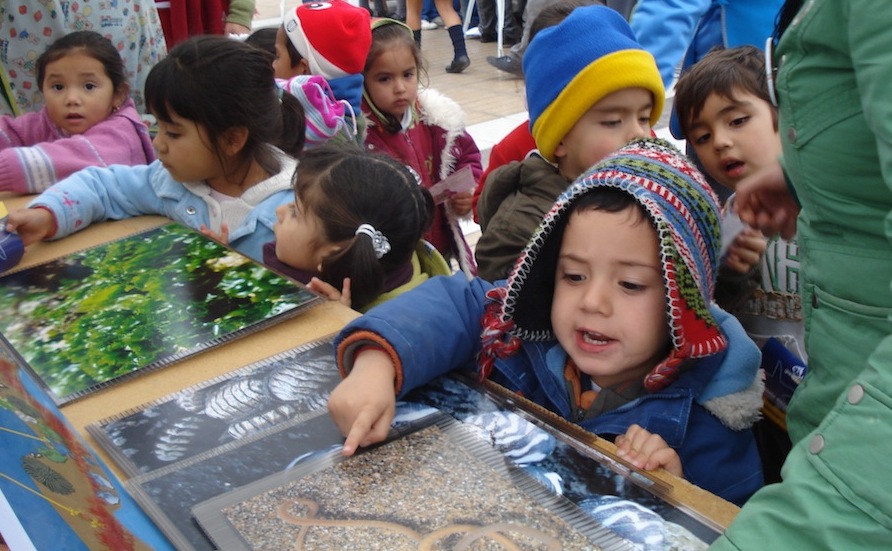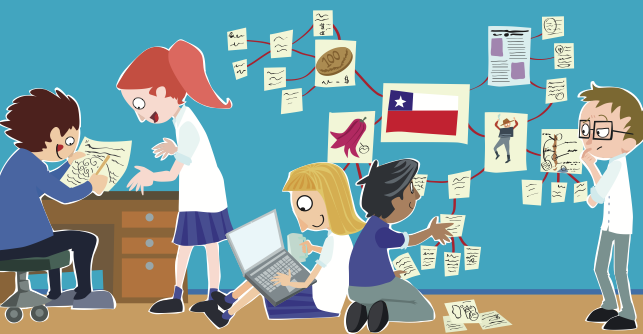 |
Chile harbors optimal conditions for scientific research: clear skies for exploring the cosmos, 4,000 km of diverse environments from the Atacama Desert to Antarctica. These “natural laboratories” attracted Charles Darwin and today they attract scientists from around the world. Next week, they will attract more than 200,000 students, teachers, scientists and the general public.
From the 7th to the 13th of October, scientists and professionals from around Chile will leave their labs to give talks and demonstrations in schools for the Semana de la Ciencia (Science Week) convened by the EXPLORA science education program of the National Scientific and Technological Research Council of Chile (CONICYT).
The theme for next week is “Chile, Natural Laboratory,” which aims to highlight the special conditions this country has for scientific research.
EXPLORA will put on lectures, competitions, exhibitions, games, seminars, field trips, visits to laboratories and much more. The Semana de la Ciencia has become a landmark high annual convocation and has been running for 14 years.
It’s no surprise that a high percentage of the world’s largest astronomical projects are based in northern Chile, as its dark and transparent skies allow the capture of high quality images. This has placed Chile on the world stage of science.
 |
In the same way, the wide diversity of environments that are found over the 4,000 km length of Chile and the diversity that is generated by a drop from the 5,000-meter-tall Andes to the Pacific Ocean in under 200 kilometers offers special conditions for research in oceanography, terrestrial ecology, and extremophilic microorganisms, to name a few areas. More scientific avenues are opened if we think of seismic research, the Southern Ocean and Antarctica. As noted by Bernabé Santelices, who won the National Natural Science Award in 2012, “Chile is the place to study marine biology.” And we can add… for many more areas.
To bring the Semana de la Ciencia throughout the country, we’ve develop different projects that work to create local partnerships to ensure active participation of institutions across scientific, educational and cultural institutions. In the case of northern Chile’s Coquimbo Region, this network has allowed joint activities between EXPLORA and regional initiatives that seek to increase the impact of science and technology in the community. This means that departments and faculties of the Universidad Católica del Norte, La Serena and San Tomás, for example, as well as other institutions such as the Center for Advanced Studies in Arid Zones (CEAZA), museums, planetariums, corporations, municipalities, and public and private companies will work together for the science education of young schoolchildren. My Department of Marine Biology (UCN) will be putting an emphasis on different activities related to research of coastal natural resources.
Throughout its 14 year history, la Semana de la Ciencia has shown that coordination between various agencies related to science and technology can communicate the products of scientific research. Now that everything is setup for Chile’s weeklong science party, we need only receive the thousands of children and introduce them to our natural laboratories.
